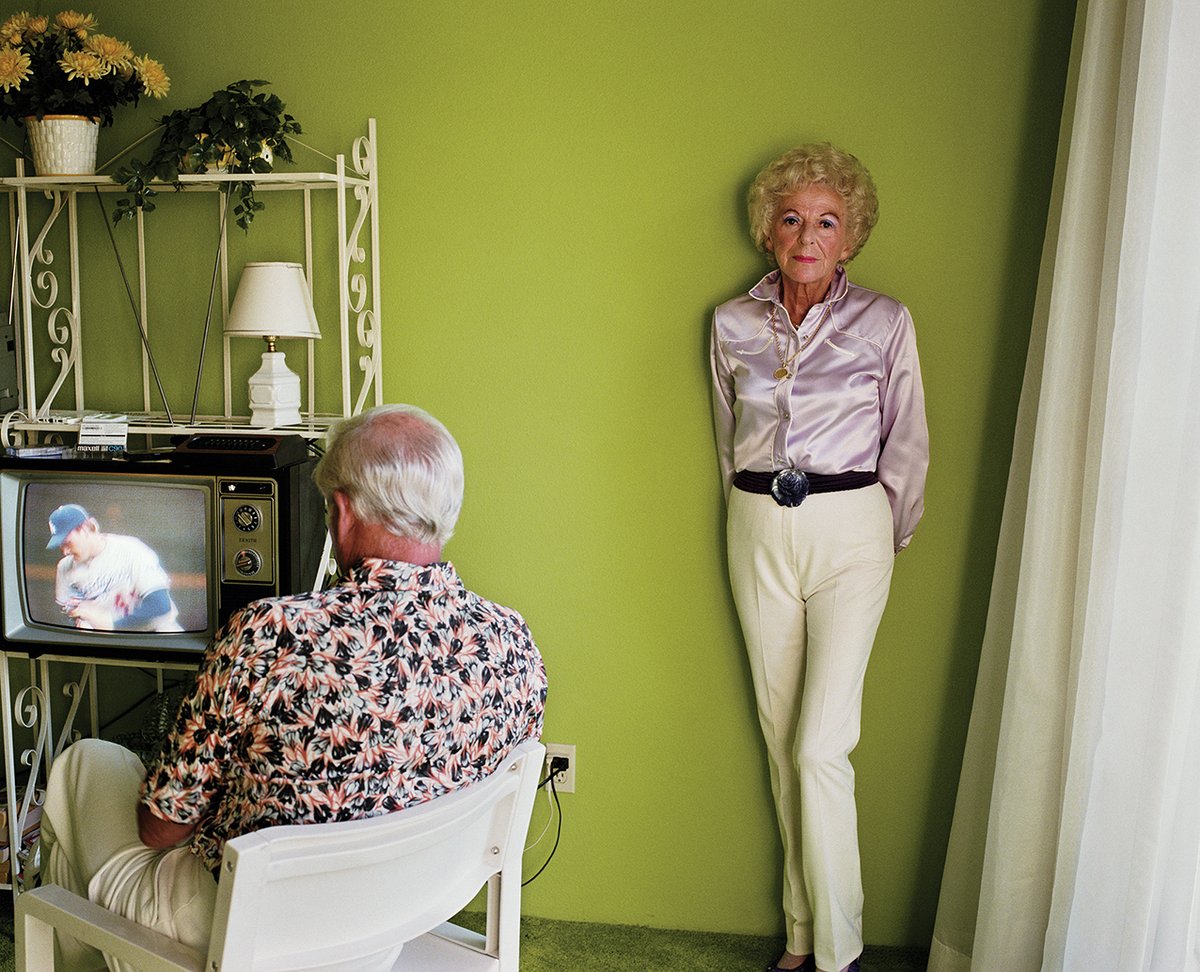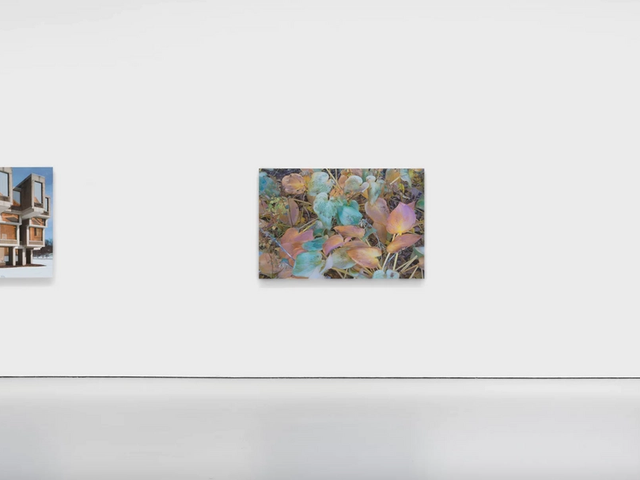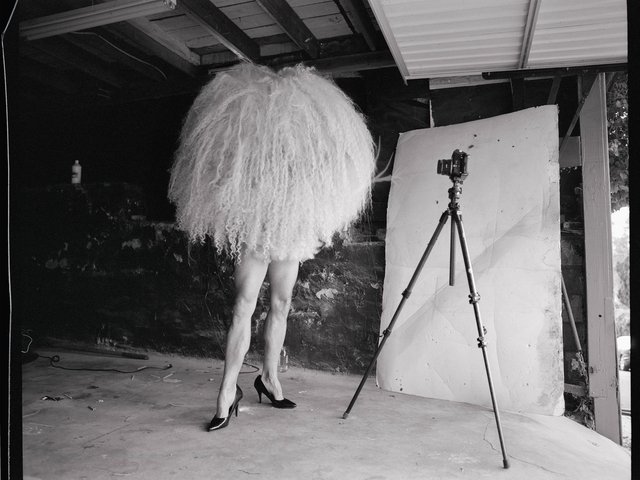Adverts for Inside, the debut feature by Vasilis Katsoupis, tout the film as a “psychological thriller”. When I saw it, the biggest thrill arrived at the final credits, where the names of 25 artists and the titles of 38 works that share the screen with the scenery-chewing lead, Willem Dafoe.
It’s rare to see art co-star in a movie rather than serve as background décor. Yet it is happening on Broadway as well. Pictures from Home, a three-character drama at the Studio 54 theatre, gives an elemental role to photographs that the late Larry Sultan made of his parents for a landmark book of the same title.
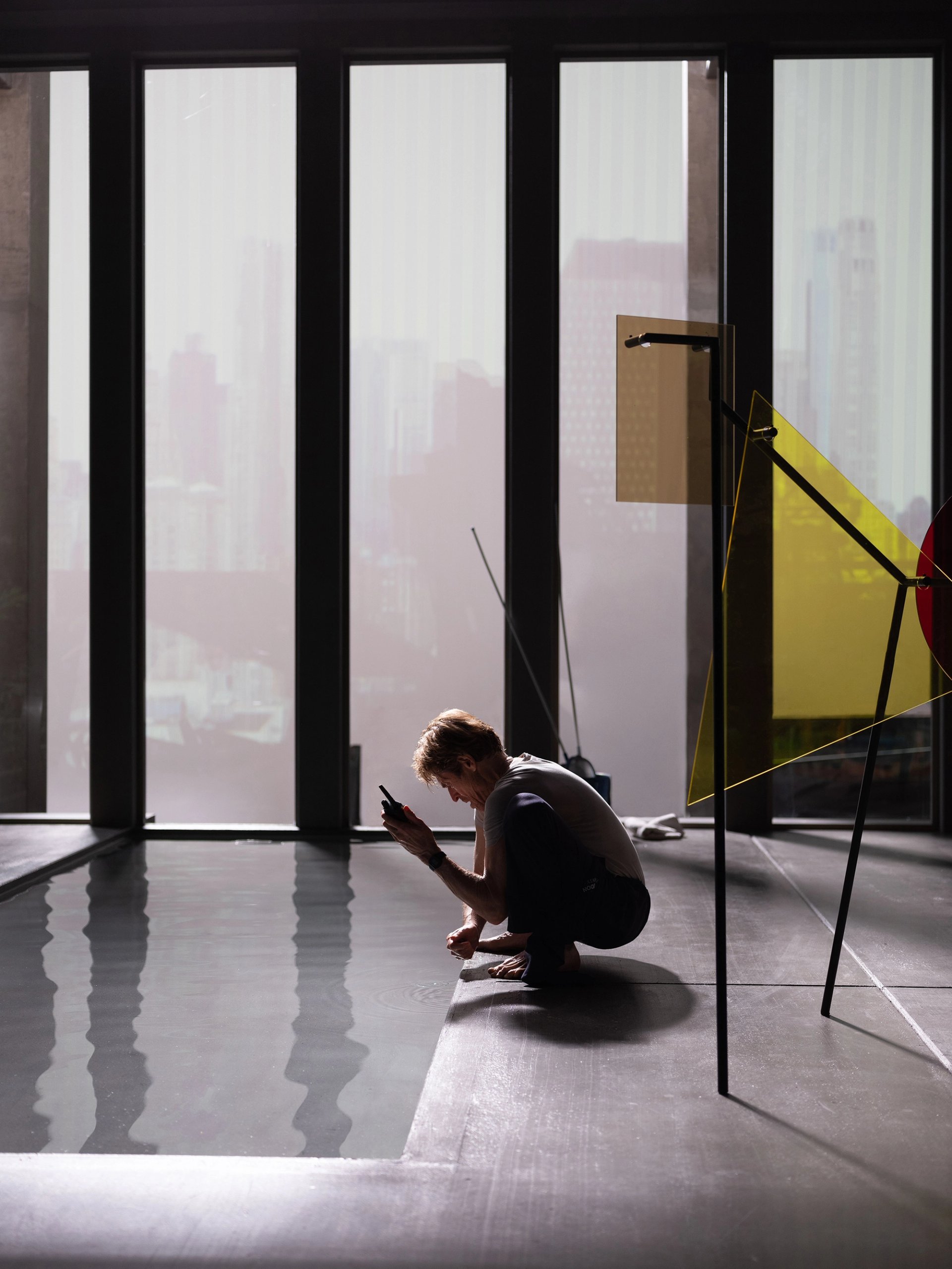
Willem Defoe stars in Inside
© Wolfgang Ennenbach/Focus Features
A play based on a photography book is hardly standard Broadway fare, or even an obvious idea. Not until you read the book. Clearly, the playwright Sharr White did. The best parts of his script come right out Sultan’s text, a powerful piece of writing that the photographer crafted from recorded interviews with his parents, Irving and Jean, and seamlessly melded to his pictures, home movie stills, and his own ruminations about his father, his parents’ post-war values, and a medium dogged by questions of exploitation.
How often do we see mainstream culture give contemporary art the prominence or the respect it wins in these two very different productions? Just as encouraging, neither has anything to do with fashion or the art market.
Inside sees Dafoe play Nemo, a thief trapped in the penthouse he’s burgling. Foiled in his attempt to steal three Egon Schiele drawings by the luxe apartment’s ultra-smart security system, Dafoe carries on a one-sided conversation with works by the likes of Maurizio Cattelan, Joanna Piotrowska, and John Armleder, the only witness to his deranged survival.
Imprisoned for months, he subsists on sprinkler water and caviar while devising an escape by wrecking the furniture. At one point, to amuse himself, he puts on a costume from a performance by Petrit Halilaj. Out of desperation, he defaces some of the art. Finally, to save his sanity, he makes his own art.
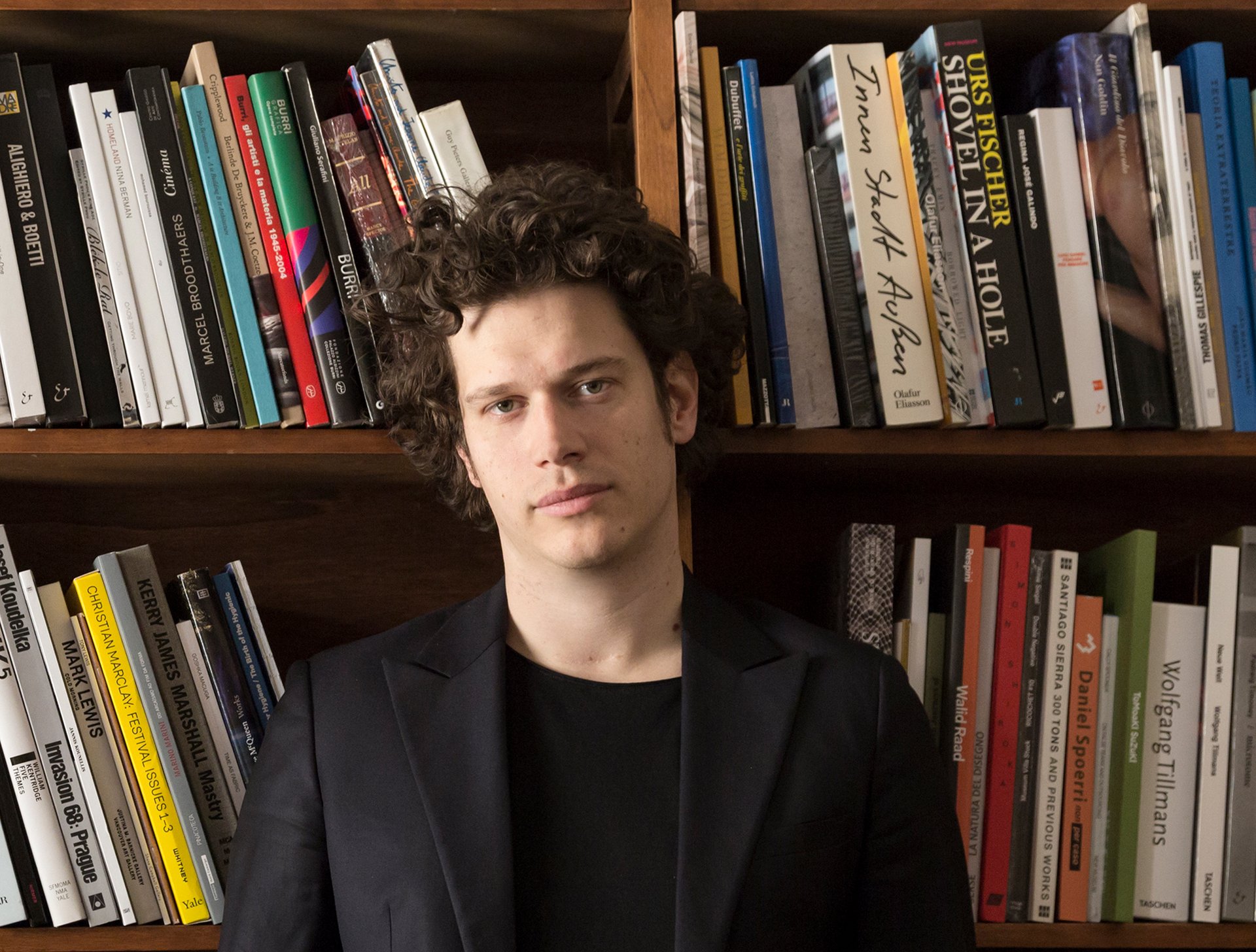
Leonardo Bigazzi organised and installed the works that appear in the movie
© Wolfgang Ennenbach/Focus Features
“It was important to give a clear vision of the art as a character because the collection represents Nemo’s antagonist, the unseen collector,” says Leonardo Bigazzi, a Florence-based curator who organised or commissioned and installed the works that appear in the movie. At significant moments, these works make Nemo cry.
The photographs projected at colossal scale on the rear wall of the avocado green, California Modern set in Pictures from Home don’t have to perform. Not with the powerhouse thespians Nathan Lane and Zoe Wannamaker on hand to play Irv and Jean Sultan. Wannamaker is Jean’s spitting image, but in a play that focuses on Sultan’s conflicted relationship to his father, she doesn’t have all that much to do.
Sultan’s photos are not formal or candid portraits. They derive from setups that the artist constructed during ten years of visits to his parents in Los Angeles from his home and family in San Francisco. I enjoyed the prolonged exposure to the pictures that resulted from their collaboration and Lane's bravura performance. But the play’s representation of the artist, by many accounts a joyful, easy-going guy who thought deeply about photography, was jarring.
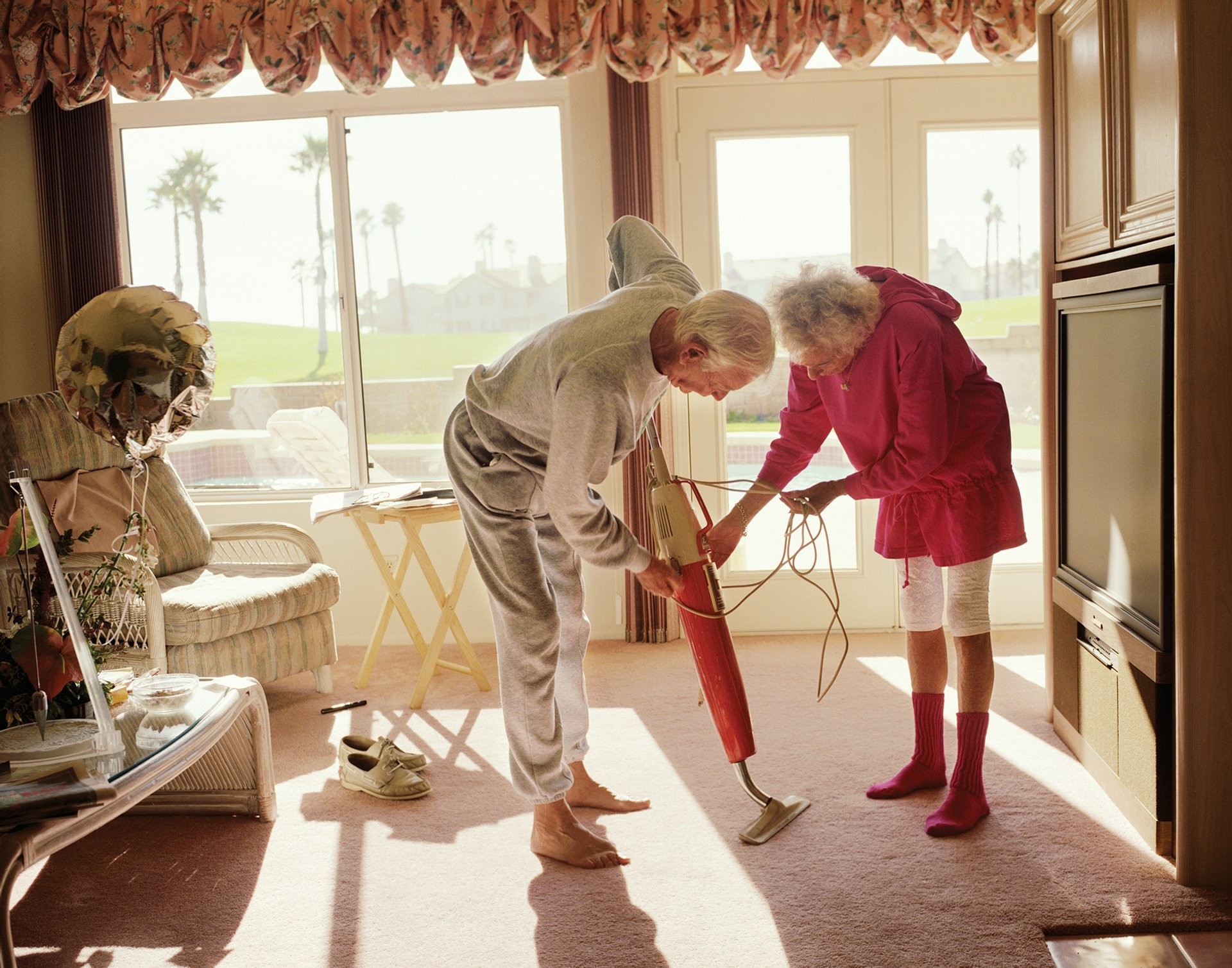
Fixing the Vacuum (1991), Larry Sultan, Pictures From Home
All Rights Reserved © Estate of Larry Sultan
Sultan, who died from cancer in 2009, was no nebbish (his picture appears at the finale). Yet a woefully miscast Danny Burstein plays Larry as a whiney, clueless shlub who would be unrecognisable to the vulnerable, sensitive writer of the book. Sultan wrote that what motivated his project was the sunny, 1980s fantasy of middle-class “family values” that he attributed to the conservatism of the Reagan years and wanted to skewer, using his own family to counter its delusion. There is considerable pathos to his father's situation, yet White's Irv berates his son as a loser.
The veteran photography dealer Janet Borden showed this body of work in New York in 1990. “Larry’s parents knew he was a famous photographer,” Borden told me. “He was not a ‘loser.’ I sold many editions of the photographs. Larry was also an influential teacher who knew how to talk to people, and very funny.”
Yancey Richardson, whose gallery represents the Sultan estate, was puzzled by the show’s omission of his best-known photograph, of his mother, Jean, posing for the camera while a televised ballgame absorbs his father (It’s currently on view at her gallery.)
Sharr explains, “Because I was investigating photographs that needed to possess a core conflict between Larry and Irv, My Mother Posing couldn’t be included… What was primary for me was the conflict—not Larry’s most famous pieces.”
And there lies the rub in both of these dramatisations: the issue of control—of a destiny, an image, a legacy. Happily, the art runs with it.
• Pictures from Home, Studio 54, until 30 April; Pictures from Home, Yancey Richardson Gallery, until 8 April


